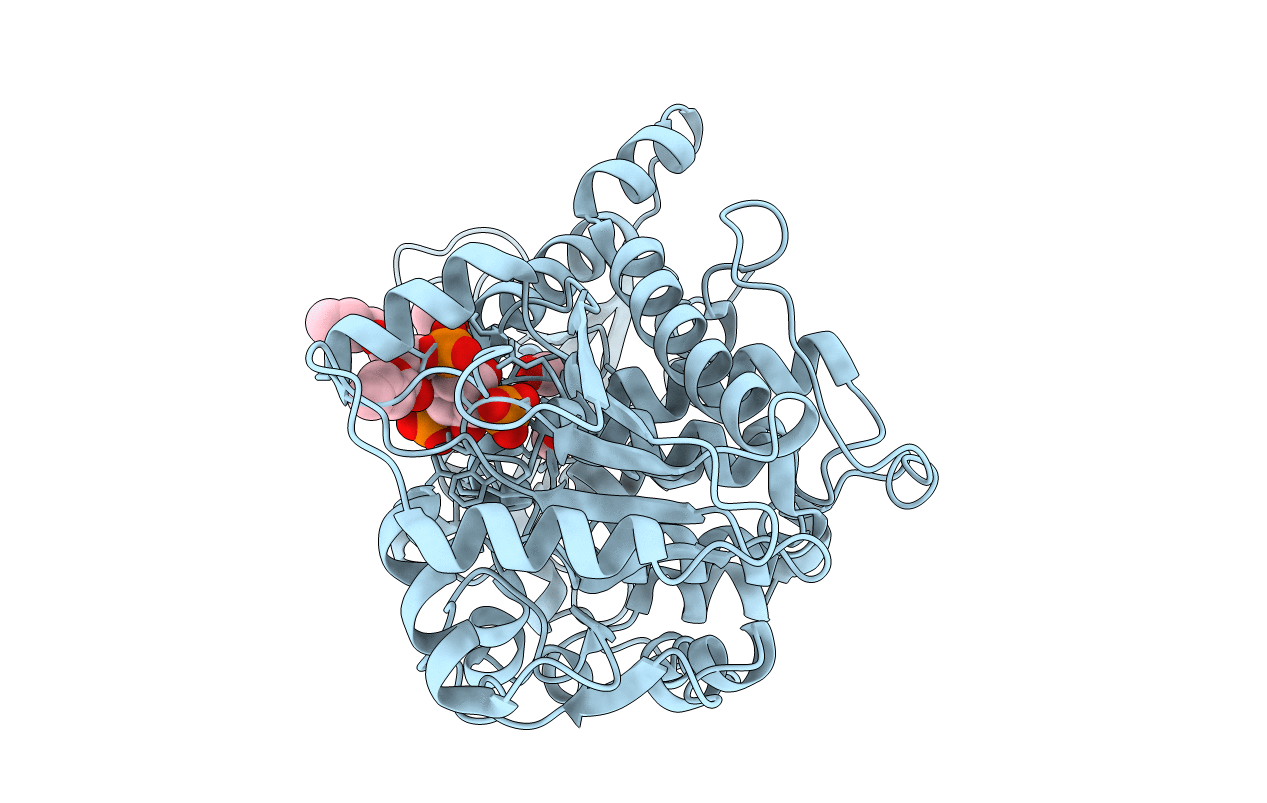
Deposition Date
2005-06-02
Release Date
2006-01-31
Last Version Date
2023-08-23
Entry Detail
PDB ID:
1ZVR
Keywords:
Title:
Crystal Structure of MTMR2 in complex with phosphatidylinositol 3,5-bisphosphate
Biological Source:
Source Organism:
Homo sapiens (Taxon ID: 9606)
Host Organism:
Method Details:
Experimental Method:
Resolution:
1.98 Å
R-Value Free:
0.25
R-Value Work:
0.22
Space Group:
P 41 21 2


